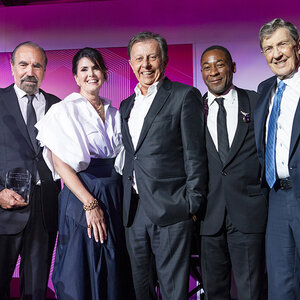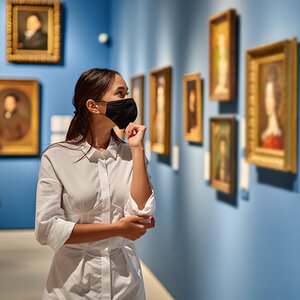Museums Walk Fine Line When Accepting Billionaires' Naming Gifts
Museums that have secured the support of a well-known billionaire in the form of a naming gift often find it difficult to raise additional funds from other high-net-worth donors, the New York Times reports.
While there's already a museum in downtown Los Angeles known as "The Broad," after Los Angeles power couple Eli and Edythe Broad, for example, the Eli and Edythe Broad Art Museum at Michigan State University is several million dollars short in its efforts to raise funds for the building despite receiving $28 million from the couple; Mr. Broad is an MSU alumnus. "Some people think Eli can just write another check," said MSU president Lou Anna K. Simon.
Indeed, some observers suggest that fundraising is easier for institutions with lower-profile supporters. The Skirball Cultural Center, a Jewish museum in Los Angeles named for Jack Skirball and Audrey Skirball-Kenis, has long made it clear to other high-net worth donors that it couldn't survive without their support. Even the lavish new Crystal Bridges Museum of American Art in Arkansas, which has received the bulk of its funding from Walmart heiress Alice Walton and the Walton Family Foundation, has been able to attract a number of major gifts from other donors — including $10 million from the Willard and Pat Walker Charitable Foundation — in part because the museum isn't named after a Walton.
Still, as Craig Robins, a trustee of the Miami Art Museum, which is now known as the Jorge M. Pérez Art Museum of Miami-Dade County, the decision to put Pérez's name on the building after Pérez pledged $35 million in cash and artworks to the museum presents challenges. "Some people will be less inspired to support it," he said. "Jorge and his associates will be more inspired. The hope is that the museum will gain more than it will lose."






